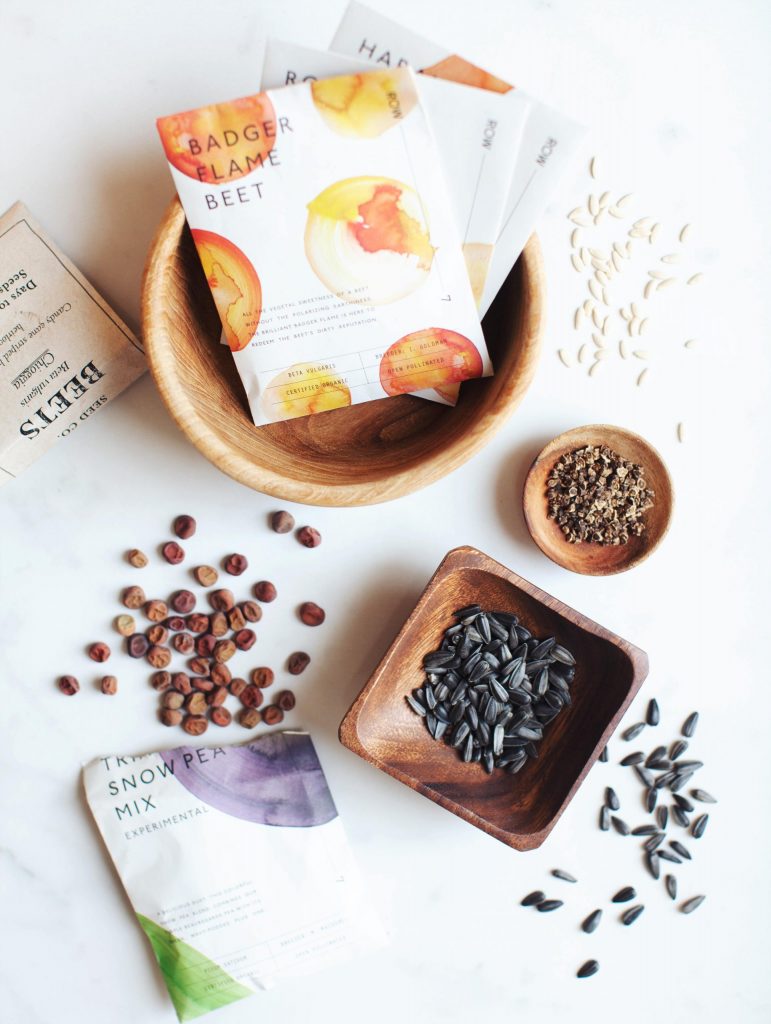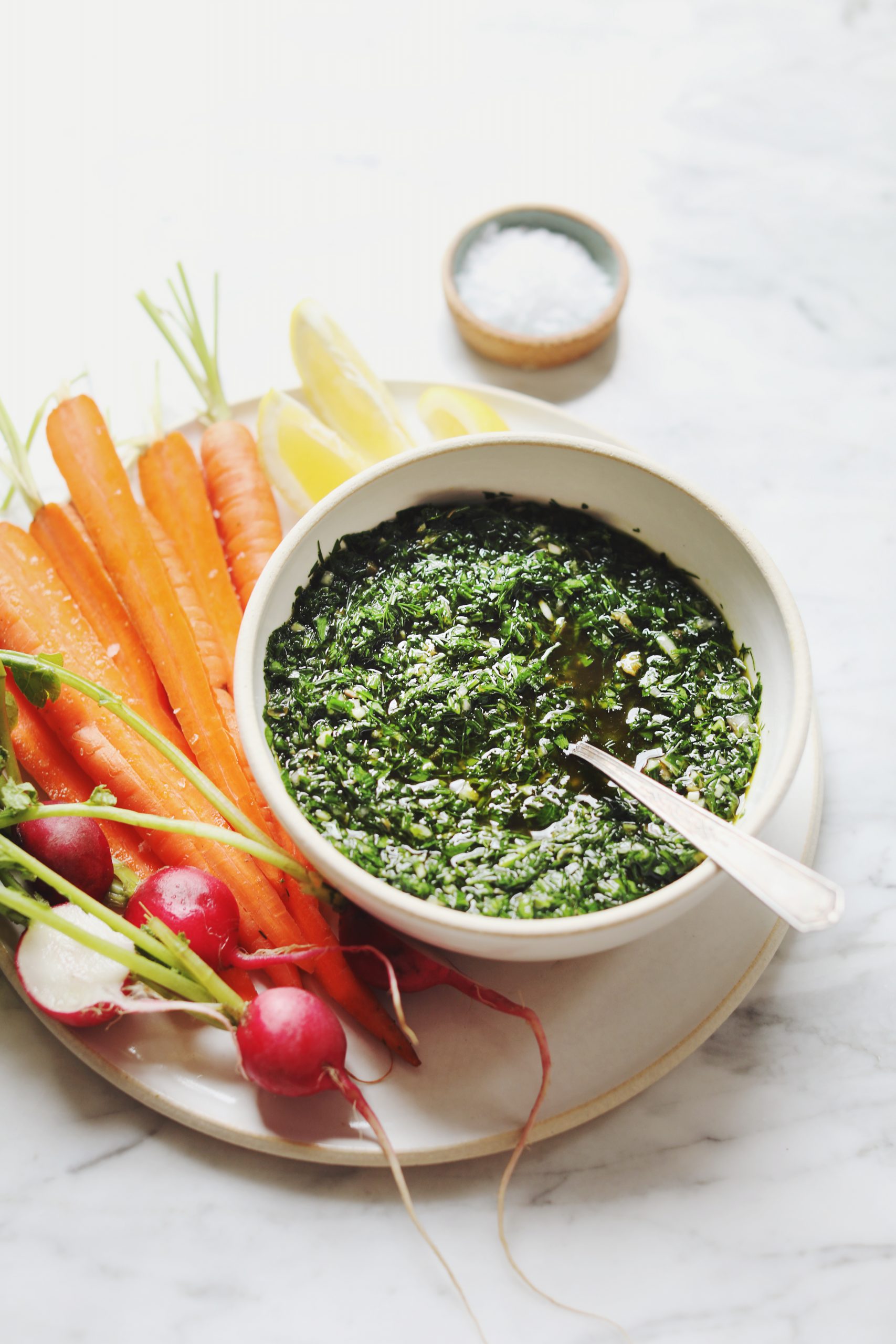For those who don’t know what to look for, reading a seed packet can be like trying to learn a new language! Hopefully the below will help you become more familiar with the terms and techniques that may clue you in about how to be a little bit more successful in the garden.
Annual / Perennial
Annual plants are those that you need to plant year after year. Most vegetable crops are annuals and die off after a season or after they are harvested (tomatoes, greens, roots, etc.).
Some annuals are very successful seeders (tomatoes, cilantro, chamomile to name a few) and you’ll see new plants sprouting up with no effort in your garden next year — these are called volunteers!
Perennial plants are those that come back year after year without replanting.
Certain perennials plants are considered annual if they cannot withstand the harshness of the seasons. For example, rosemary and lavender can thrive during the summer months but if not well protected oftentimes will die from a harsh Canadian winter. Certain varieties are more tolerant though so seek out a variety that suits your needs!
Plant Height
Important to know the mature plant’s height and width as you want to make sure not to crowd your garden. Sow seeds according to how large the mature plant will grow. Also important when mixing different plants close together as taller plants will block the sun from reaching smaller plant (which is great if they are shade-loving plants!).
Light Requirements
Planning your garden by the amount of light a variety needs will be vital to your gardening success. Generally leaves (herbs, lettuce, kale, etc.) require less light while fruit / flower-bearing plants like tomatoes, cucumbers, zucchini, etc. require more of the sun’s energy!.
- Full sun: at least 6 hours direct sunlight (most veggies)
- Partial sun: 4 hours direct sunlight (leafy plants generally)
- Shade: indirect or filtered light

How / When to Plant
These common terms you’ll see on garden packets are important to know when choosing seeds for your home garden.
- Direct sow: planting the seeds where they will grow and be harvested
- Transplant: planting seeds in small pots or trays that will then be transplanted to their home
- Frost date: look up your regions frost date if you get below freezing temperatures. Certain seeds / seedlings will not tolerate severe temperatures or temp ranges
- Days to germination: the number of days from planting you can expect to see the first sprouts poking through the soil
- Days to maturity: the number of days from planting until harvest
- Is my regional growing season long enough to support this crop?
- Do I need to buy plants / grow transplants indoors or can I start from seed?
Plant Spacing / Depth
Following plant spacing is hard to do especially if you have limited space… more is more right? Wrong unfortunately. Following plant spacing suggestions takes into account the final mature plant’s needs for air circulation and light. Plants too close together will compete for sun and air flow and none will be optimally healthy.
Thinning or removing seedlings that look under developed / are not thriving to increase space for the plants that are is an important process for many plants like greens and root veggies.
How deep you plant seeds is also extremely important. Some seeds need light to germinate and some need total darkness. The depth of planting will help to determine this and follow to the best of your ability. As a general rule of thumb, plant seeds beneath the soil at a depth of about 2-3x the size of the seed (unless noted on the packet!). For very small / fine seeds (like mint!) pat the seed into the surface of the soil and gently mist with a spray bottle to water as too much water will wash the seeds away!
Keep the seeds / sprouts out of harsh and direct sunlight until well established and make sure not to let them dry out. They should maintain a slight moisture throughout germination but should also not be too wet as too much water can also be a concern.



